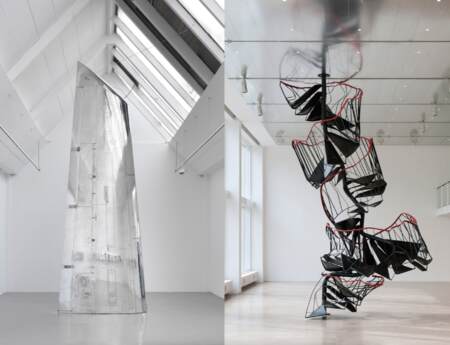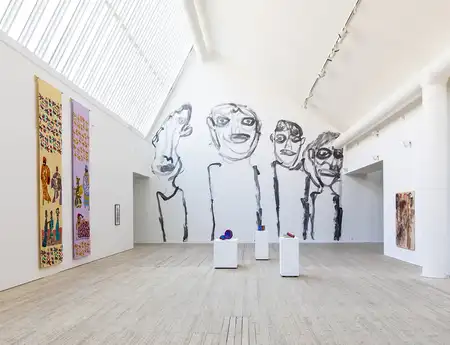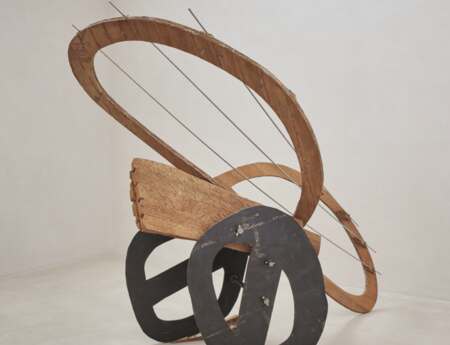Belvedere 21
Arsenalstrasse 1
1030 Vienna
Austria
Wotruba International
On the occasion of the 50th anniversary of Fritz Wotruba's death (1907–75), Belvedere 21 is presenting a comprehensive exhibition of this important Austrian sculptor. While Wotruba's work has primarily been viewed in monographs or in terms of his influence on subsequent generations, this presentation focuses on his international exhibition activities, his network, and the broad reception of his sculptures.
Wotruba was friends with fellow sculptors such as Marino Marini, Henry Moore, and Germaine Richier, and he was acquainted with César, Alberto Giacometti, Henri Laurens, and Aristide Maillol. He often shared the international stage with these and other leading Postwar Modernist sculptors, including Kenneth Armitage, Lynn Chadwick, Barbara Hepworth, Louise Nevelson, Isamu Noguchi, Eduardo Paolozzi, and Alicia Penalba.
A selection of historically informed juxtapositions of their works will bring into view the context that reveals Wotruba’s distinctive sculptural language and its relevance for art after 1945. In a spatial staging by the next ENTERprise Architects, the exhibition offers a new perspective on Fritz Wotruba, who was an essential voice in the international discourse on the image of human being in Postwar Modernism.
Curators: Verena Gamper and Gabriele Stöger-Spevak.
Assistant curator: Ana Petrovic
Biography
Fritz Wotruba (1907-1975) is regarded as one of the most influential figures in Austrian art since 1945. He achieved early international success with his first solo exhibition held at the Museum Folkwang in Essen in 1931. During his exile in Switzerland, he forged a sculptural language all his own.
After returning to Vienna at the end of 1945, he continued to develop his artistic practice, teaching generations of sculptors at the Academy of Fine Arts and making a lasting impact as director of the Würthle Gallery.
The human figure remained central to his sculptural work, which he increasingly abstracted and reduced to monumental blocks or cylindrical forms—yet never lost its connection to anthropomorphic origins.
He thought of his art as a humanistic counterpoint to the devastation of war. Even in the face of the collapse of civilization during the Second World War, the human being remained the central pillar of Wotruba’s artistic work: it stands at the beginning and will stand at the end (Wotruba, 1959).
From the beginning of his career, Wotruba was a prominent figure on the international art scene. He participated in the Biennale di Venezia a total of seven times, exhibited twice at documenta in Kassel, took part in world exhibitions in Brussels, Seattle, and Montreal, and presented his work at major venues in Paris, New York, Milan, and São Paulo. Over the course of his lifetime, he held more than seventy solo presentations, nearly fifty of which took place abroad. Notable shows include those at the Musée national d’art moderne in Paris, the ICA in Boston, the Stedelijk Museum in Amsterdam, and the Museum Boijmans Van Beuningen in Rotterdam.
His works toured the United States and were regularly featured in outdoor exhibitions in London, Arnhem, Carrara, and Antwerp. Today, his works are held in major international collections, including those of the MoMA in New York and the Centre Pompidou in Paris. Beginning in 2011, his extensive estate was placed on long-term loan to the Belvedere; since 2021, it has been part of the Belvedere’s permanent collection.


